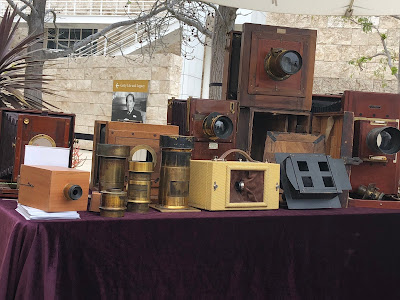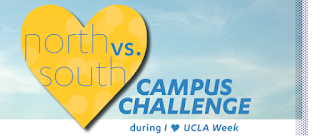Week 4: MedTech and Art

Growing up with a father who has cardiovascular diseases, I am very familiar with the medical technologies such as Electrocardiogram (ECG), Computed Tomography (CT Scan), and Magnetic Resonance Imaging (MRI), etc. However, I was not aware of how these technologies came about or how much they owed their origins to the arts. ECG illustration da Vinci's anatomical drawing For centuries , both scientists and artists have always been interested in the internal workings of a human body, specifically the muscles and bones structures. Artist like Leonardo da Vinci had researched and sketched the anatomical structures to make his paintings more realistic. However, he actually became so obsessed with the human body that he completely shifted from being an artist to a scientist in the last 12 years of his life (Sooke, 2013). Had his anatomical drawings been published in his lifetime, they would have tremendously affected the evolution of science. Therefore,...



